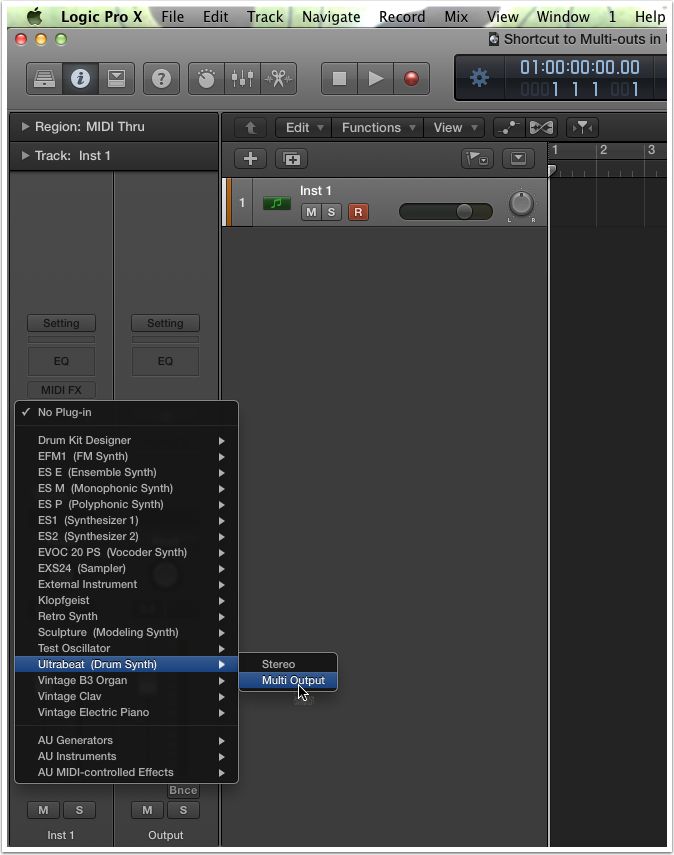

If you can’t see it, go to the View menu and click Show Local Inspector. In the Audio Track Editor, make sure you are displaying the Local Inspector, as this contains the Scale Quantize and Pitch Correction fields that we will use later. We now have Flex View enabled in both the main page and the Audio Track Editor. Go to the top of the Audio Track Editor and click the Flex View icon so that it is lit. (Make sure its pane is showing the Audio Track Editor and not the Audio File Editor - you can flip between the two by clicking the File and Track buttons at the top of the editing window.)

Double-click on the audio region in the ‘BVoc 1’ track to bring up the Audio Track Editor. Next, in the ‘BVoc 1’ track header, click on the Flex pop–up menu and choose the Flex Pitch option (outlined blue in Screen 1). In the menu bar above the main page, turn on Flex View by clicking the Flex View icon (see the red box in Screen 1). We are going to go through the process of creating a backing vocal harmony part using the ‘BVoc 1’ track. Next, duplicate the lead vocal track and copy the lead vocal audio region onto the new track, so that you have two identical tracks containing the lead vocal. Drag the lead vocal onto an audio track in Logic Pro X. I have uploaded a suitable track to this month’s media page ( ), along with some audio examples. First of all, we need a lead vocal to practise with. Thanks to Flex Pitch, it is relatively easy to create great-sounding vocal harmony parts in Logic Pro X.
VOCODER LOGIC PRO X HOW TO
Learn how to create vocal harmony parts and doubling effects using Flex Pitch and Logic’s vocoder plug–in.


 0 kommentar(er)
0 kommentar(er)
